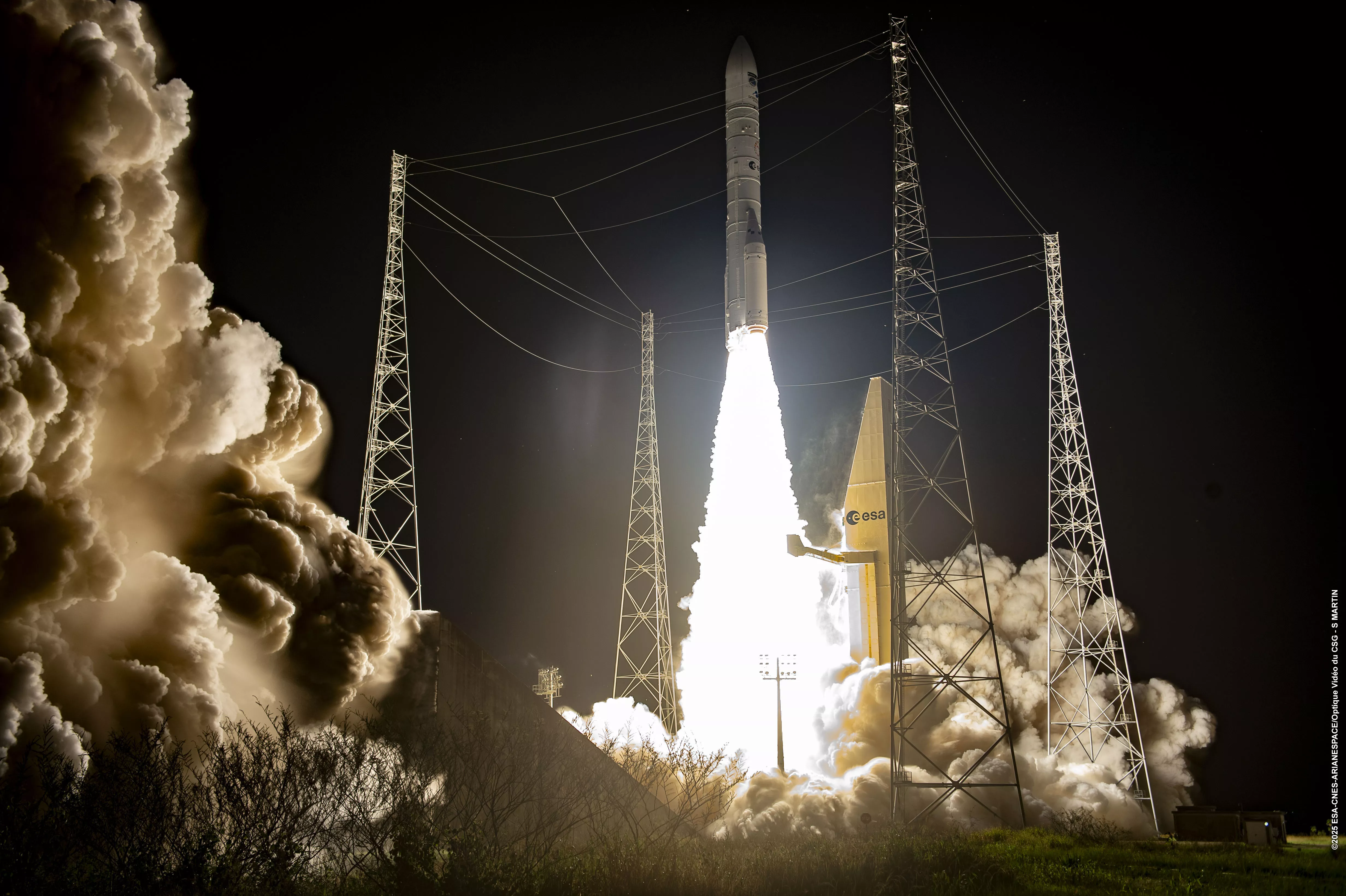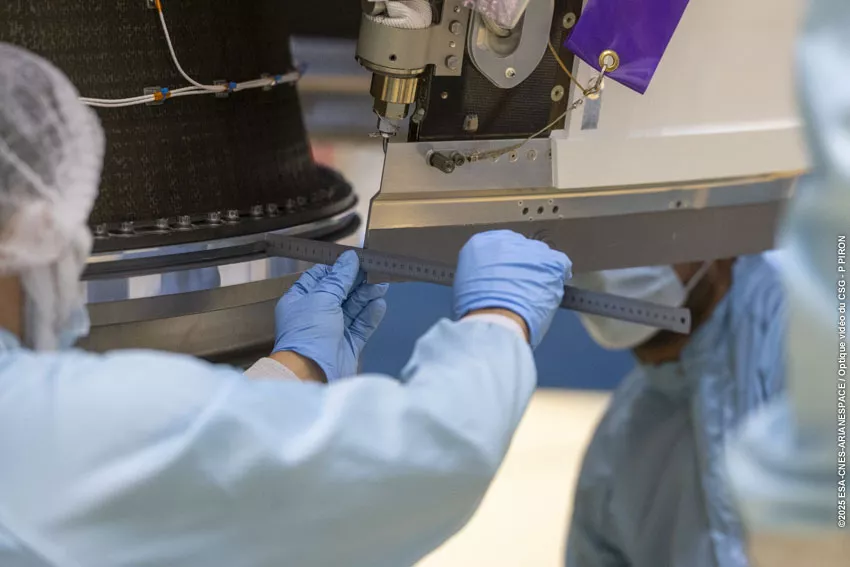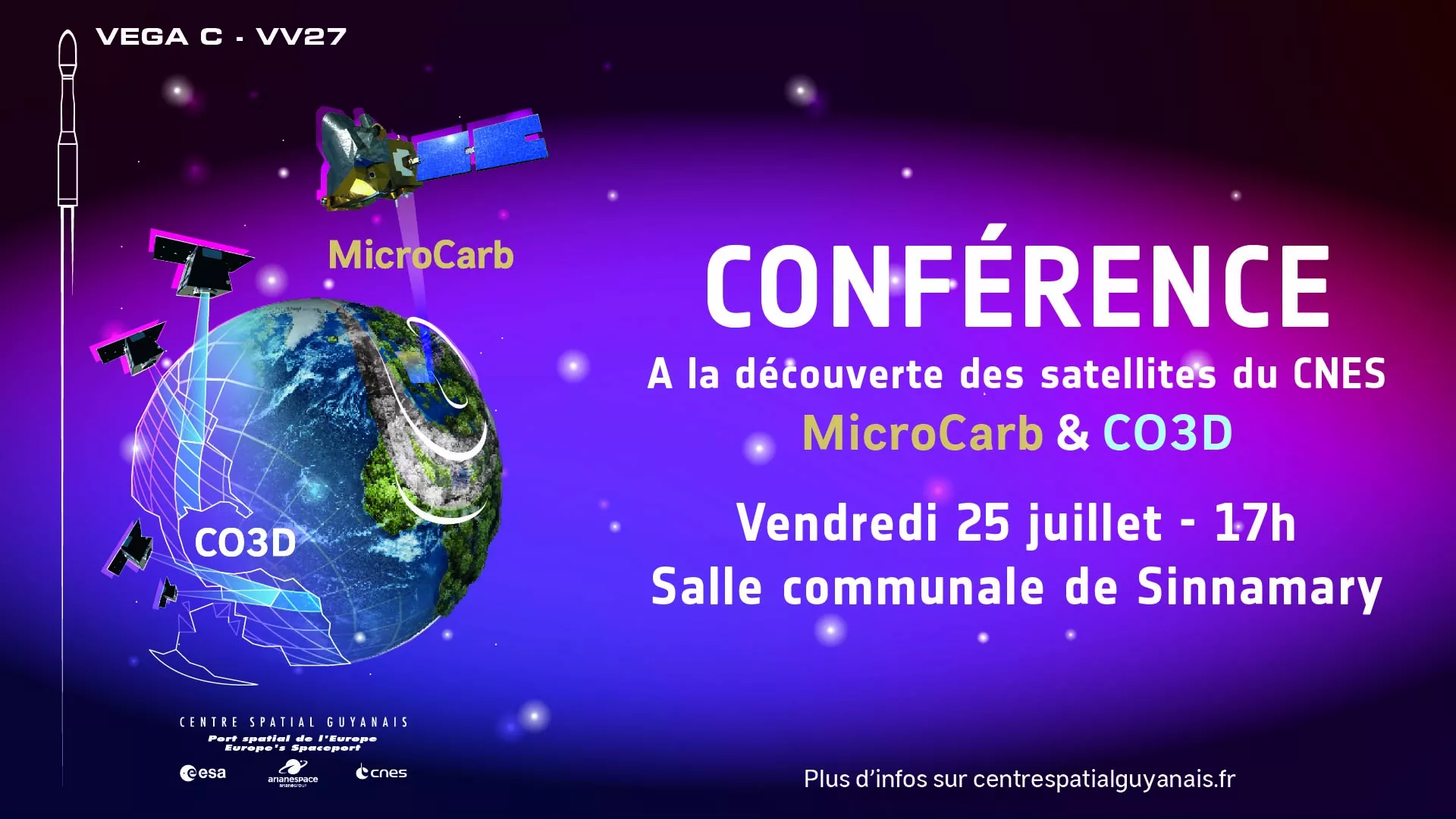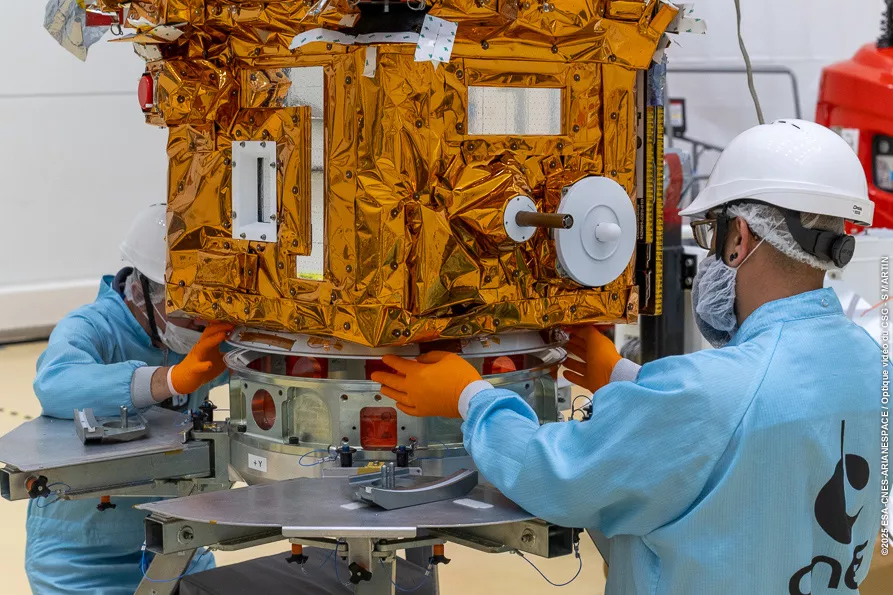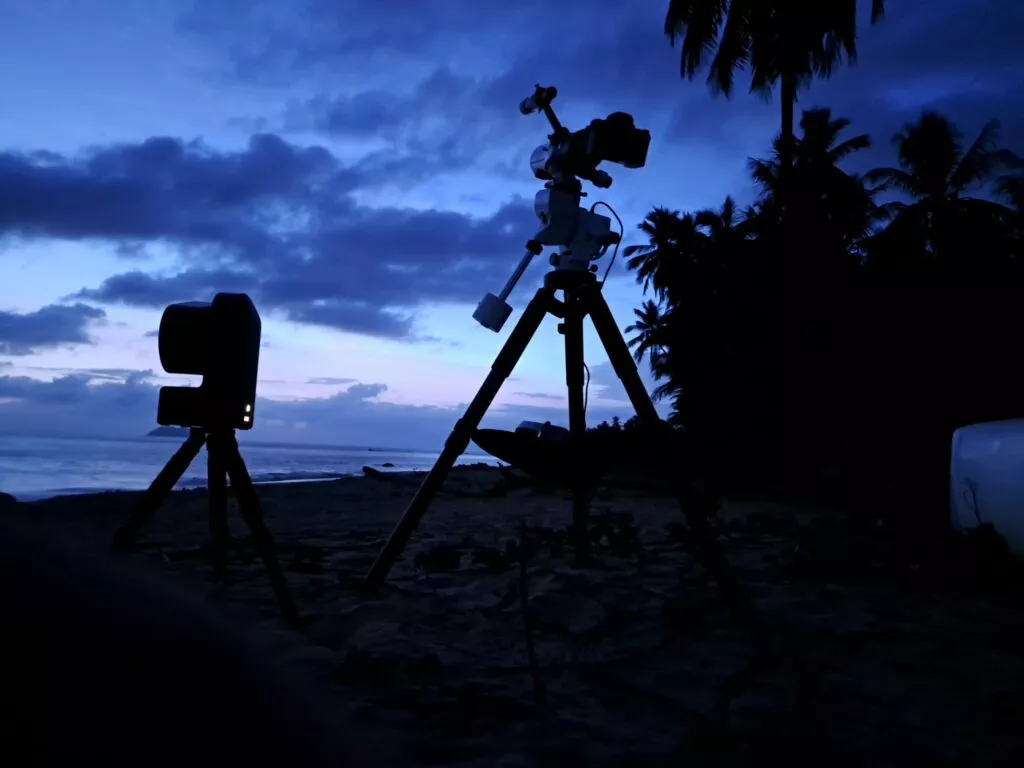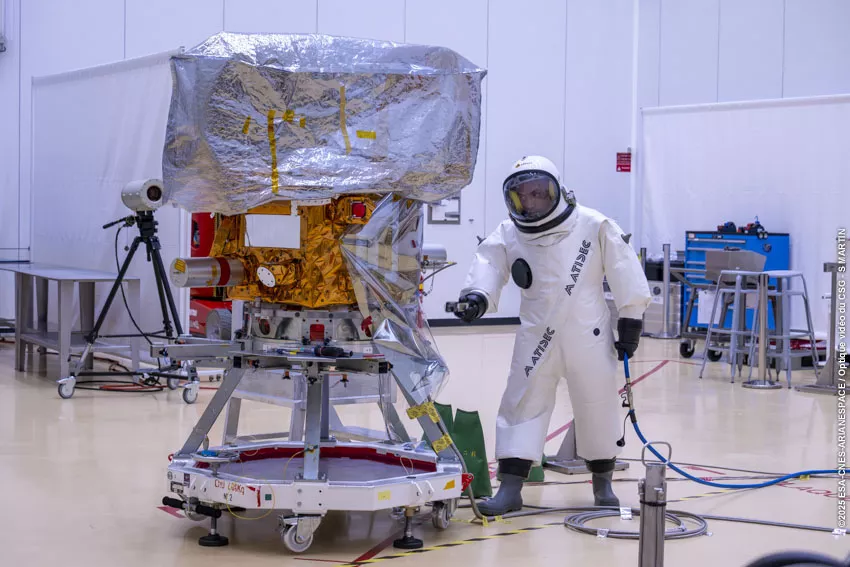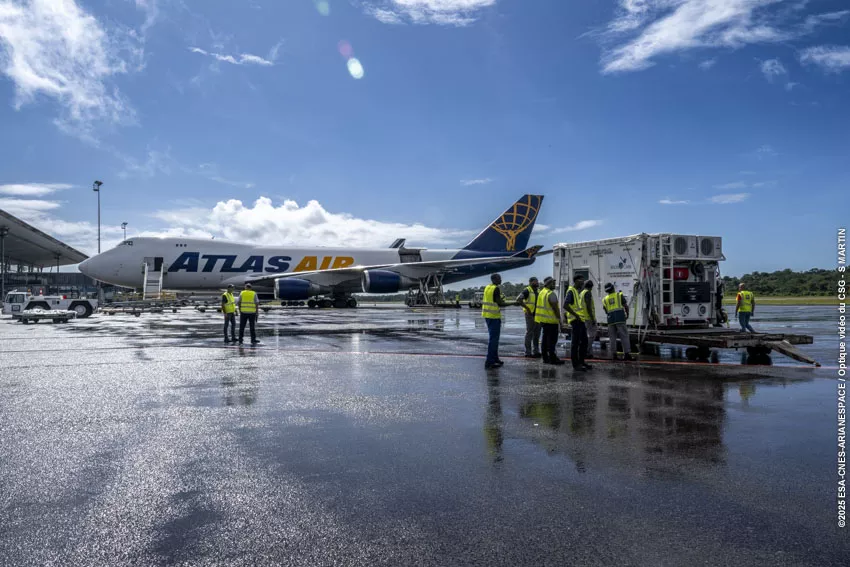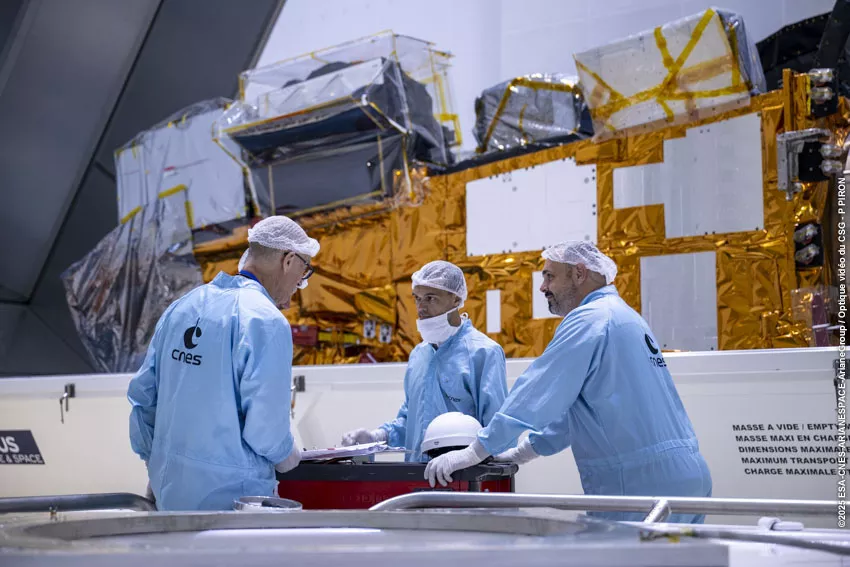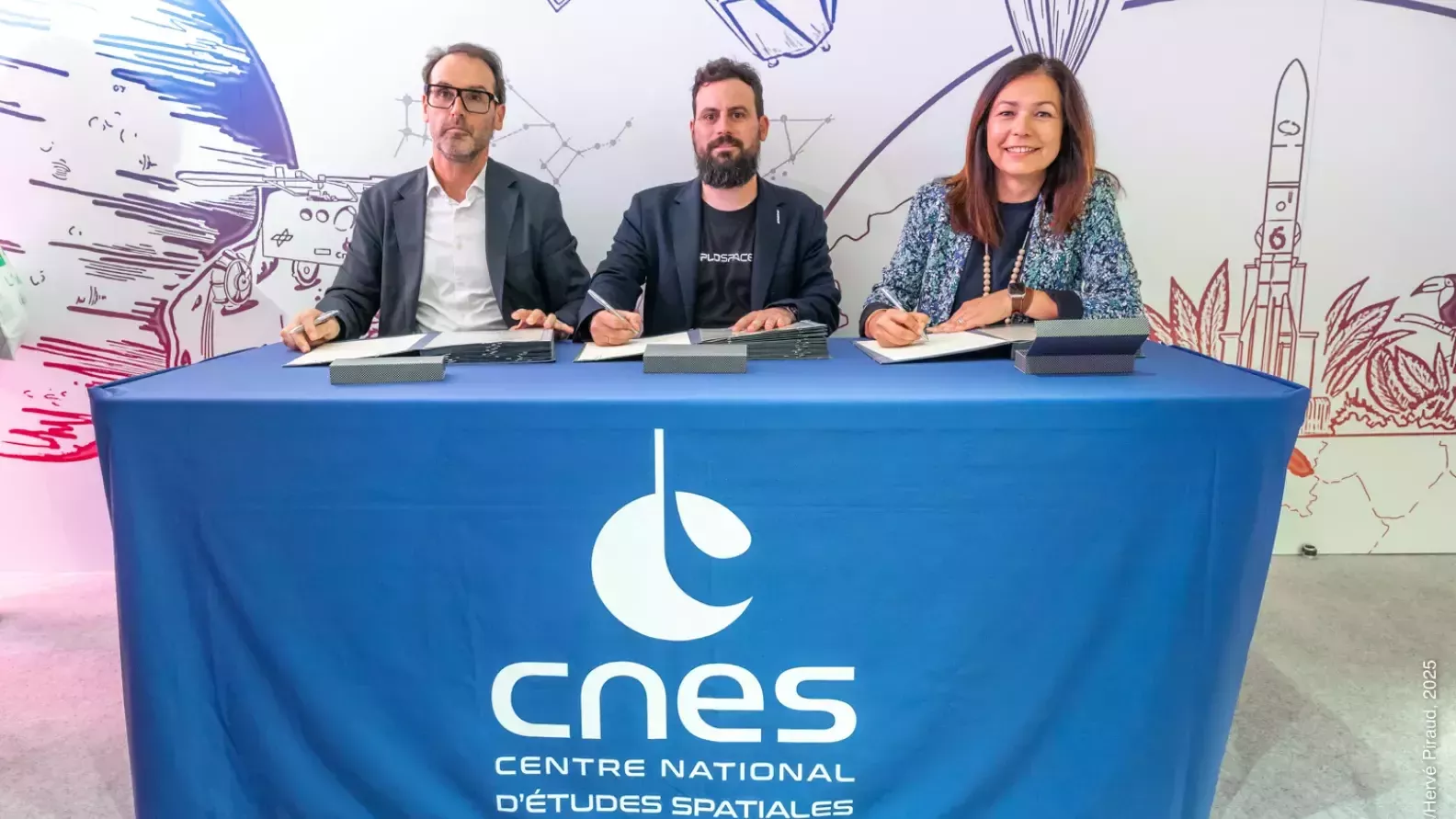Europe’s new Ariane 6 launcher takes flight
With the maiden launch of Ariane 6 on 9 July 2024 at 4 pm, European space transportation entered a new era, and Europe regained its autonomy of access to space.
Ariane 6, Europe’s new heavy-lift launcher, made its maiden flight from Europe’s spaceport on 9 July at 4 pm local time (8 pm London time, 9 pm Paris time).
The latest addition to the Ariane family of European launchers and successor to Ariane 5, Ariane 6 is a modular, versatile launcher capable of reaching both low-Earth orbit and deep space.
“A completely new rocket is not launched often, and success is far from guaranteed. I am privileged to have witnessed this historic moment when Europe’s new generation of the Ariane family lifted off—successfully—effectively reinstating European access to space,” said ESA’s Director General Josef Aschbacher.
“An inaugural launch is a huge undertaking from thousands of people who have worked relentlessly for years. To see it perform wonderfully at the first attempt is a testament to their dedication and a demonstration of European excellence in engineering and technology. My heartfelt thanks go to the teams at ESA, the French space agency, ArianeGroup and Arianespace for their hard work to get to this point. I also want to sincerely thank our Member States for having enabled and supported the Ariane 6 programme along the way. It hasn’t always been easy, but their perseverance shown has paid off today. ”
This maiden flight – named VA262 – is a demonstration flight that aims to show the capabilities and prowess of Ariane 6 in escaping Earth’s gravity and operating in space. Nevertheless, it carried several payloads on board.
At 5:06 pm, about one hour after lift-off, the first set of satellites on board Ariane 6 was released from the upper stage of the rocket and placed into an orbit 600 km above Earth. Satellites and experiments developed by various space agencies, companies, research institutes, universities and young professionals were among the passengers on this inaugural flight.
This maiden flight not only demonstrated the rocket’s spaceworthiness, but also tested the launch pad and the sequence of ground operations at Europe’s spaceport. The new launch zone, specially designed for Ariane 6 and built by CNES, enables a faster turnover of Ariane launches.
Commenting on the launch, Philippe Baptiste, Chairman and CEO of the French space agency, said: “With this first successful launch by Ariane 6, Europe has finally recovered its capacity to access space. Beyond the great emotion I am feeling right now, my first thoughts are for all the teams in Kourou, Paris, Vernon, Les Mureaux, Toulouse, Bremen, Lampoldshausen, Liège, Barcelona, Colleferro, Zurich and everywhere else in Europe who made this success possible. I would like to express my sincere gratitude to the staff of the French space agency, ESA, ArianeGroup, Arianespace and our subcontractors for their commitment, particularly over the last few challenging months. Europe can be proud of its space programme, Europe can be proud of its know-how and expertise. Together, let’s prepare the future of launchers and space.”
Ariane 6 was built by ArianeGroup, the prime contractor and design authority. “With the successful first flight of Ariane 6, the European space industry has moved into a new era,” said Martin Sion, CEO of ArianeGroup. “This historic launch demonstrates the unfailing commitment of our teams and partners, whom I would like to thank warmly for this success, which reflects on the entire European industry. Seeing Europe’s new launcher lift off into space marks the culmination of an outstanding technical and technological adventure, and the beginning of a long history of Ariane 6 operations. The next flight models are already in production, and the stages of the second Ariane 6 will be shipped to Europe’s spaceport this autumn for its first commercial flight.”
Next: technological demonstrations controlled de-orbiting and capsule separation
With the placement of satellites into orbit, Ariane 6 has accomplished most of its mission, but for the teams on the ground, the work is far from over. Over the following hour, Ariane 6’s upper stage will demonstrate once again that it can restart its Vinci engine using the innovative auxiliary power unit.
This restart capability will allow Ariane 6 to drop off multiple satellites into different orbits on future missions and de-orbit its upper stage at the end of the mission, thereby limiting the production of space debris.
On this inaugural mission, the Ariane 6 upper stage is set to release two re-entry capsules as it enters Earth’s atmosphere to burn up harmlessly, leaving no space debris in orbit.
The next Ariane 6 launch is planned for this year, marking the start of commercial operations for the launcher under the responsibility of Arianespace, the launch operator and service provider. “The success of this first flight marks the start of Ariane 6’s operational career, giving Europe autonomous access to space,” added Stéphane Israël, CEO of Arianespace.
“The new launcher’s order book is proof of the versatility of Ariane 6 and of its capacity to accomplish a wide range of missions in multiple orbits. It reflects the confidence that customers have in Ariane 6 for both their institutional and commercial missions. We are eager to begin operating our new launcher.”
This is a joint press release from the Ariane 6 Task Force (ESA, CNES, ArianeGroup, Arianespace)
To find out more about Ariane 6, visit our page dedicated to the launcher.
10, 9, 8, 7, 6, 5, 4, 3, 2, 1... Lift off!
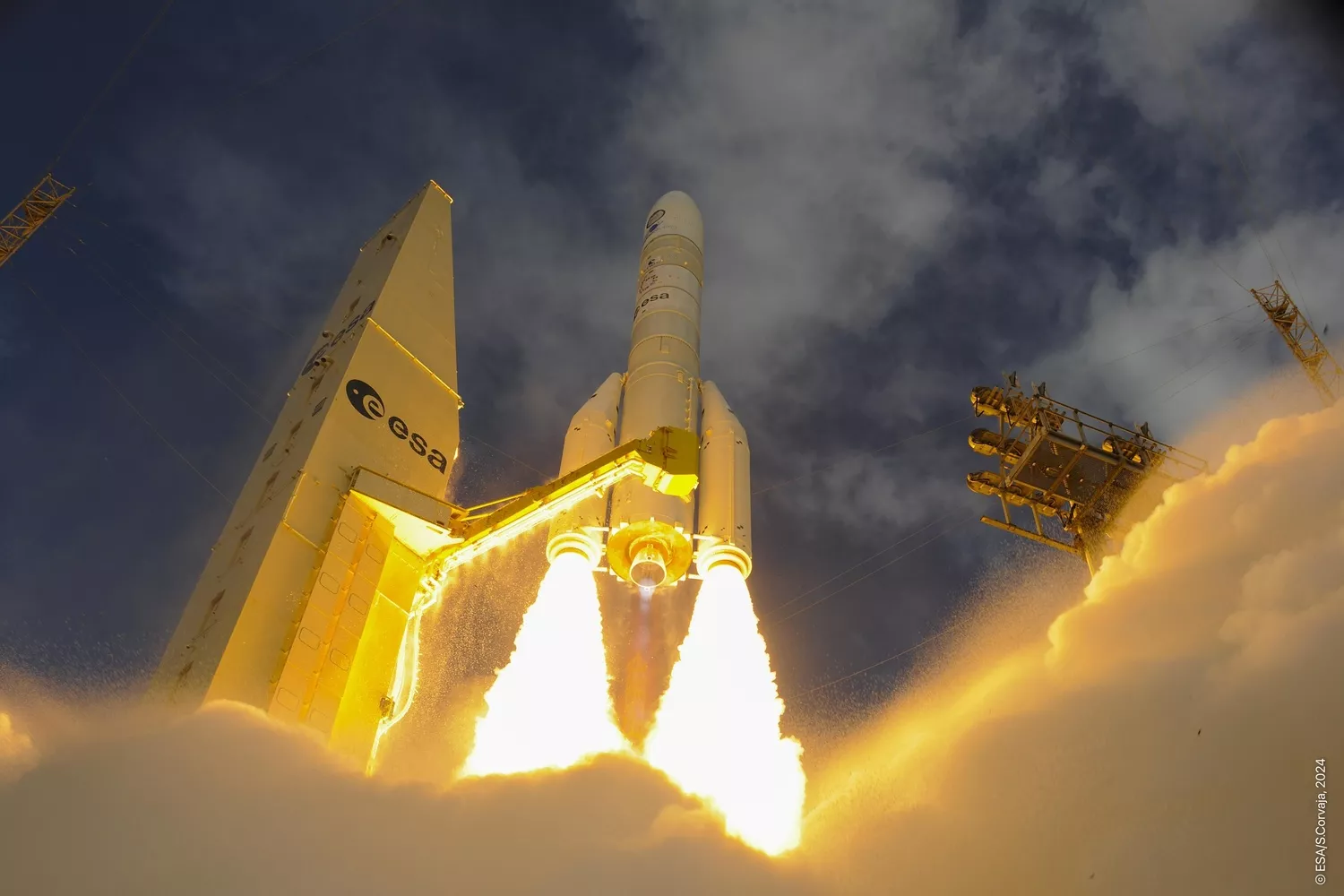
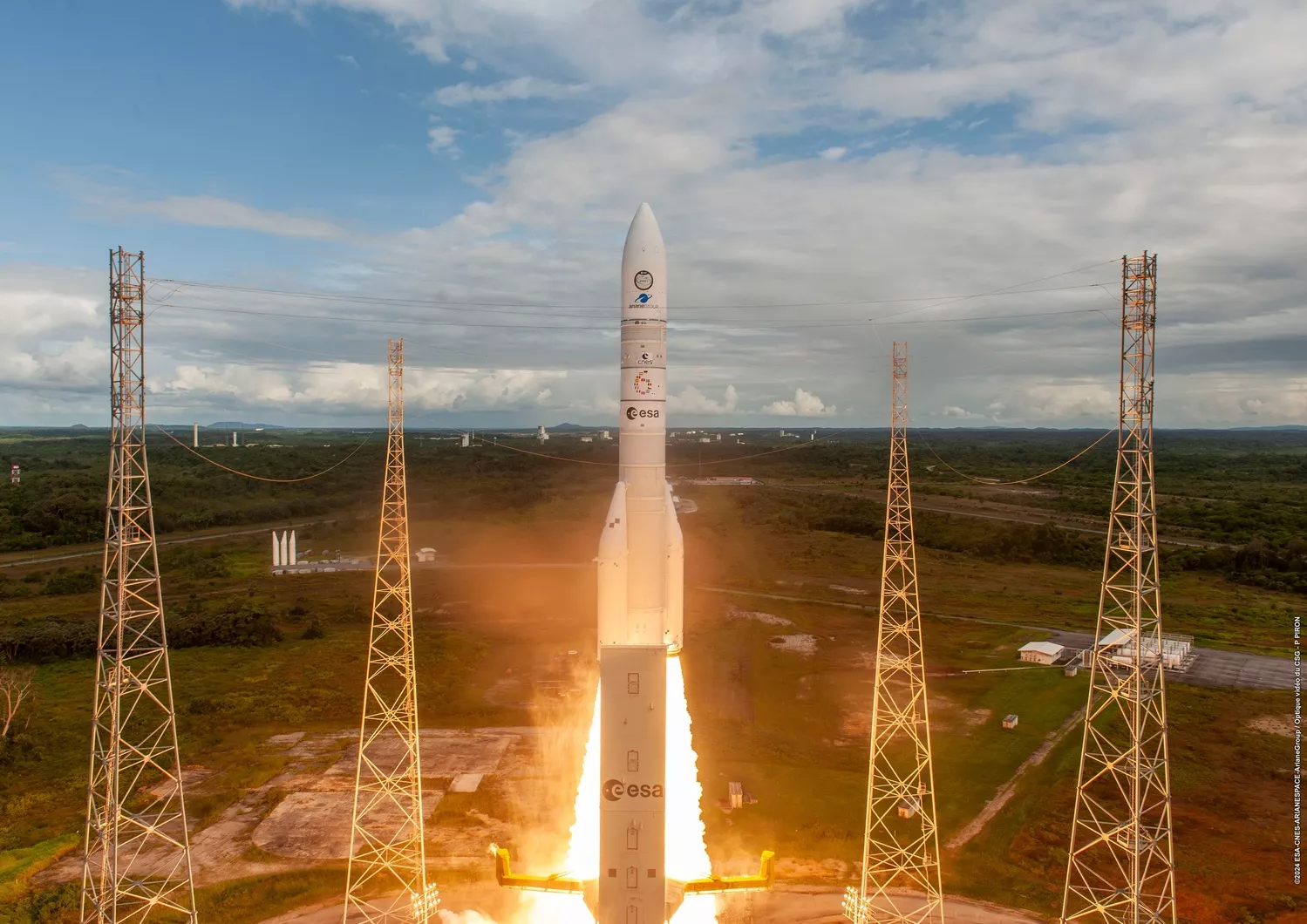
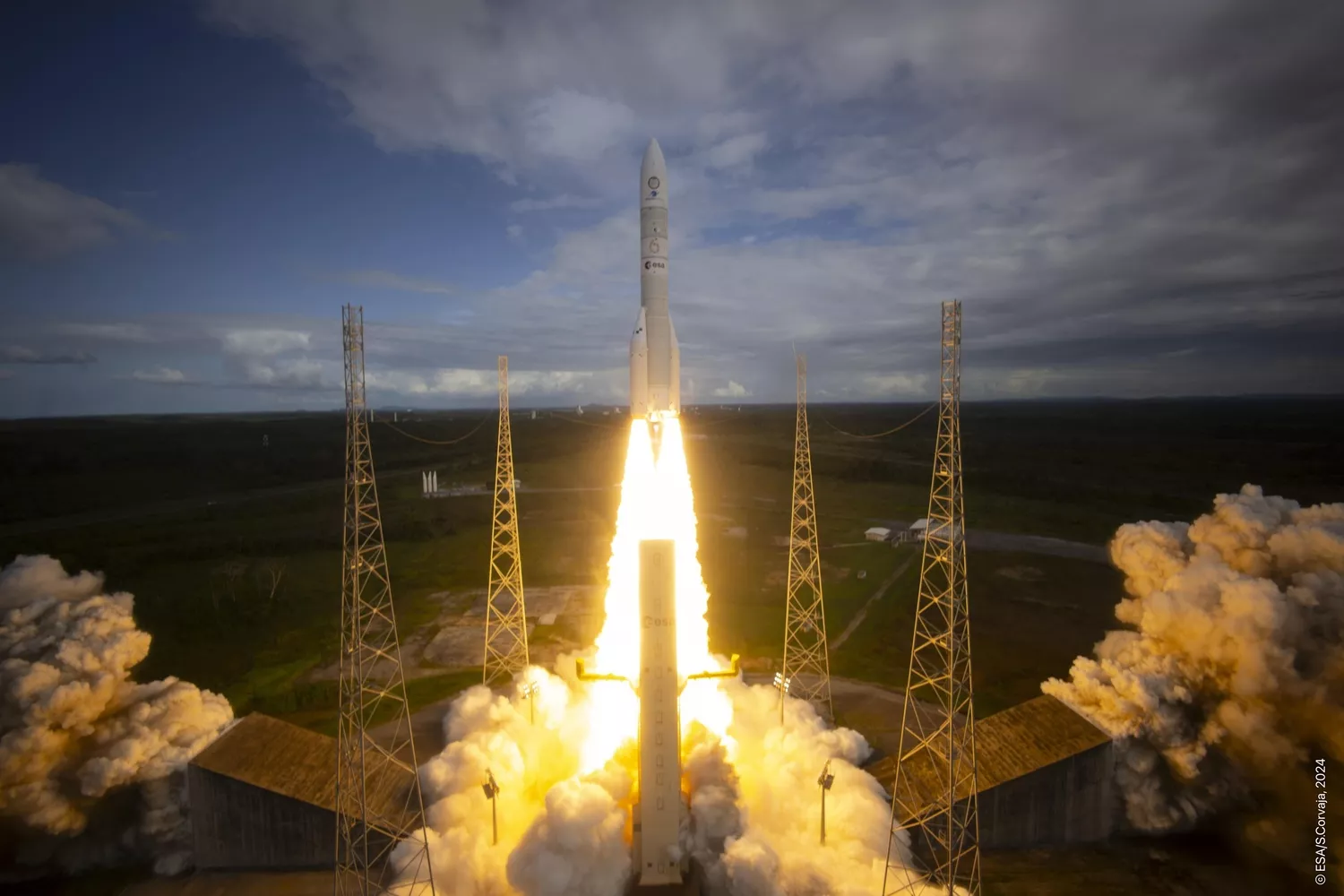
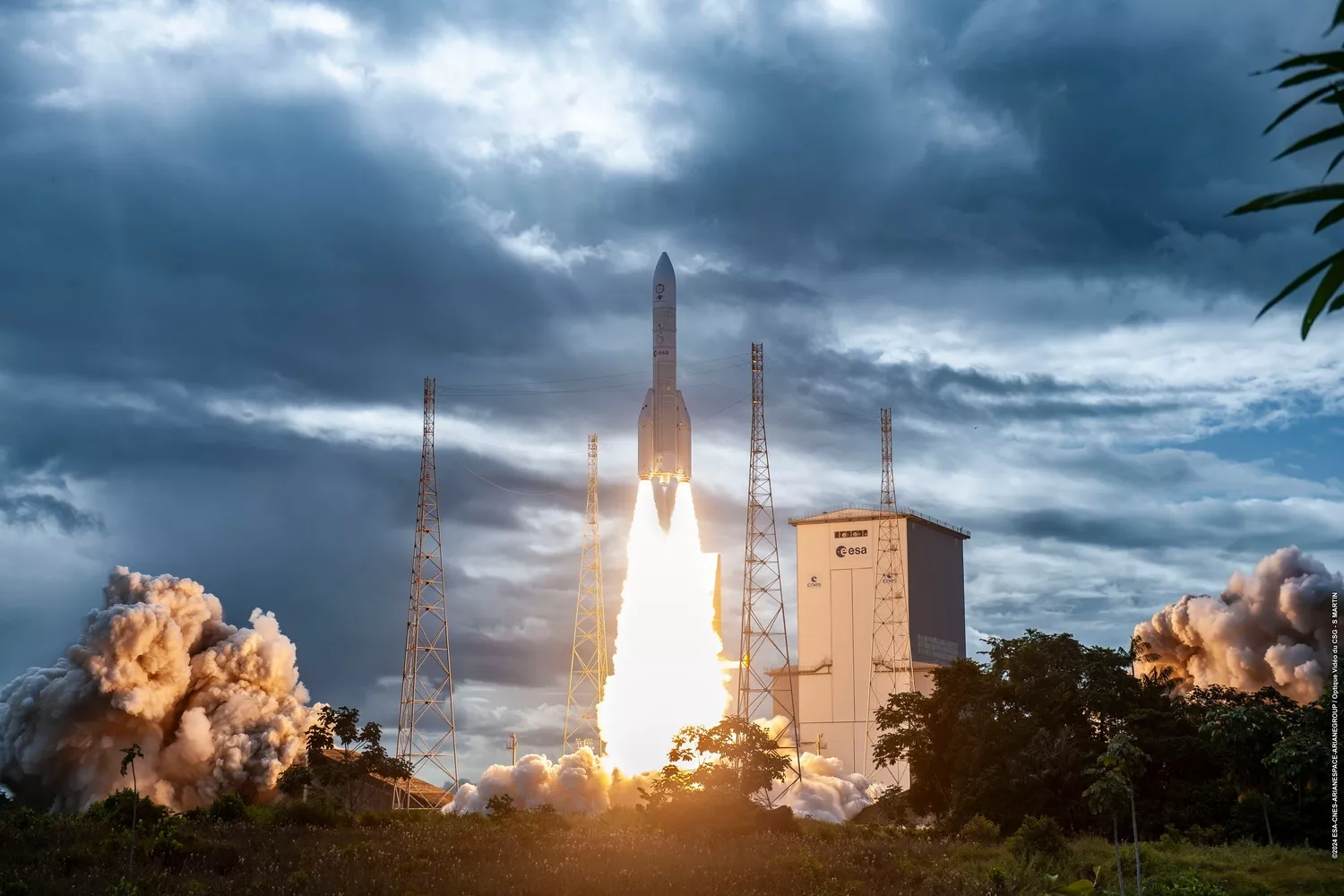
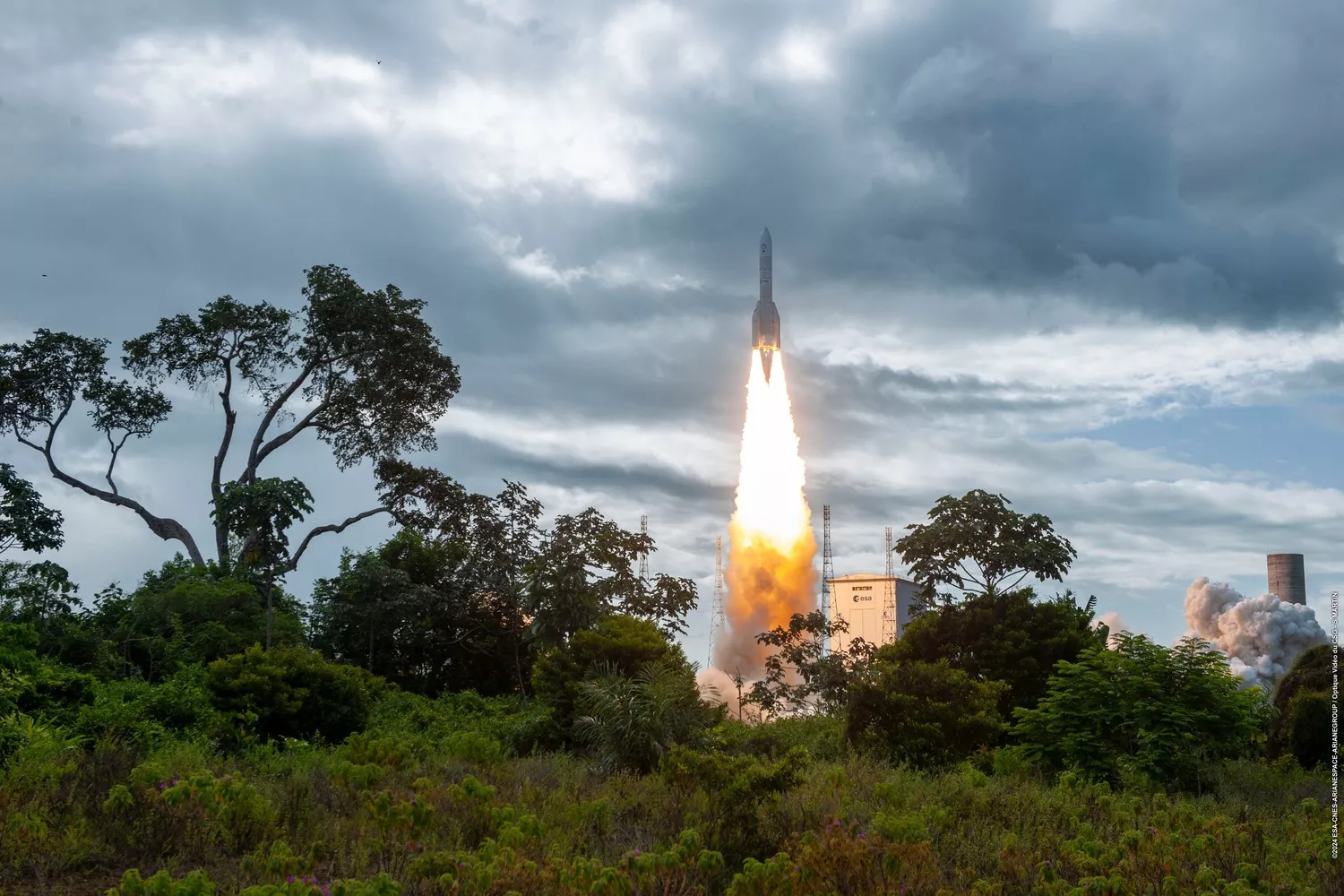
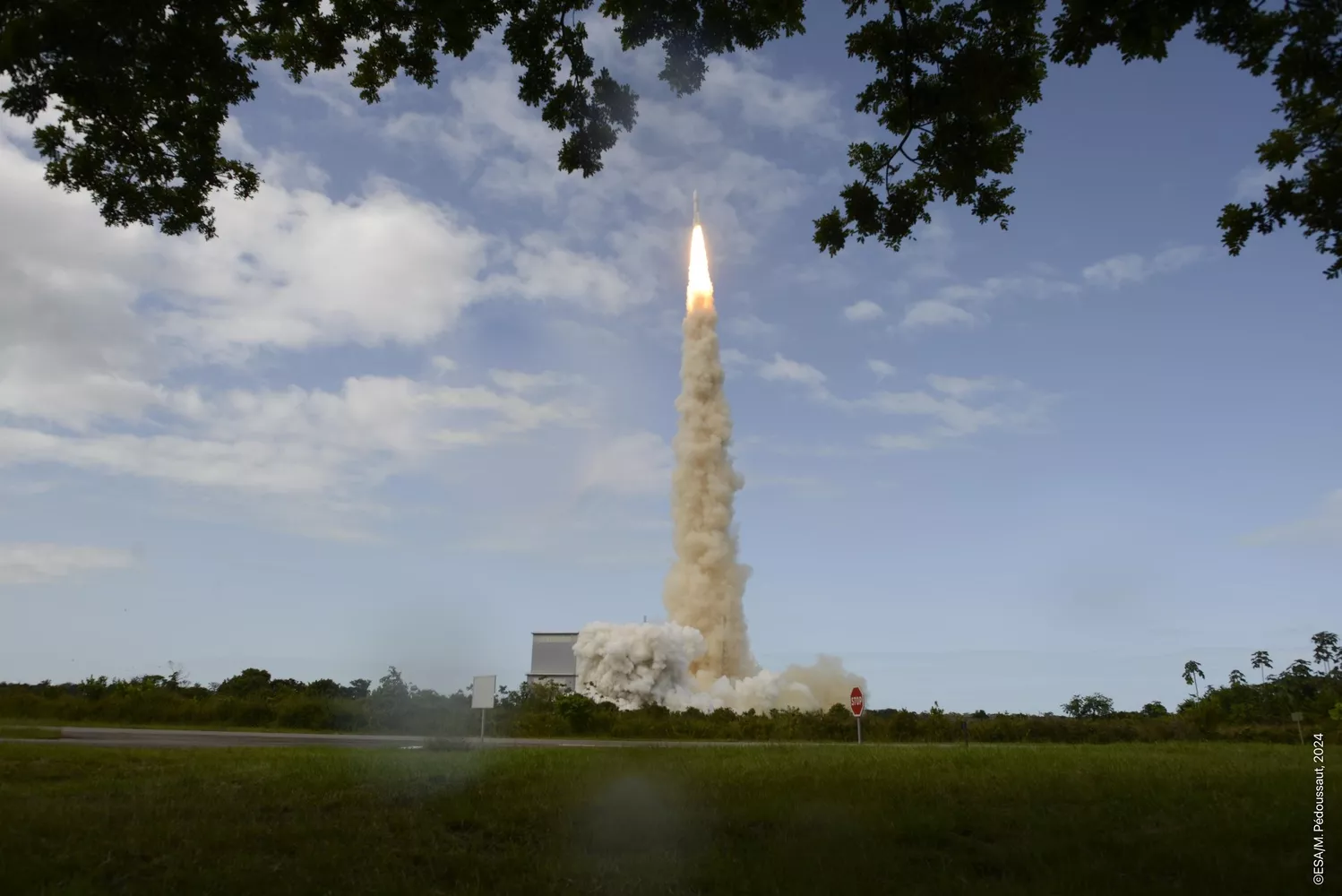
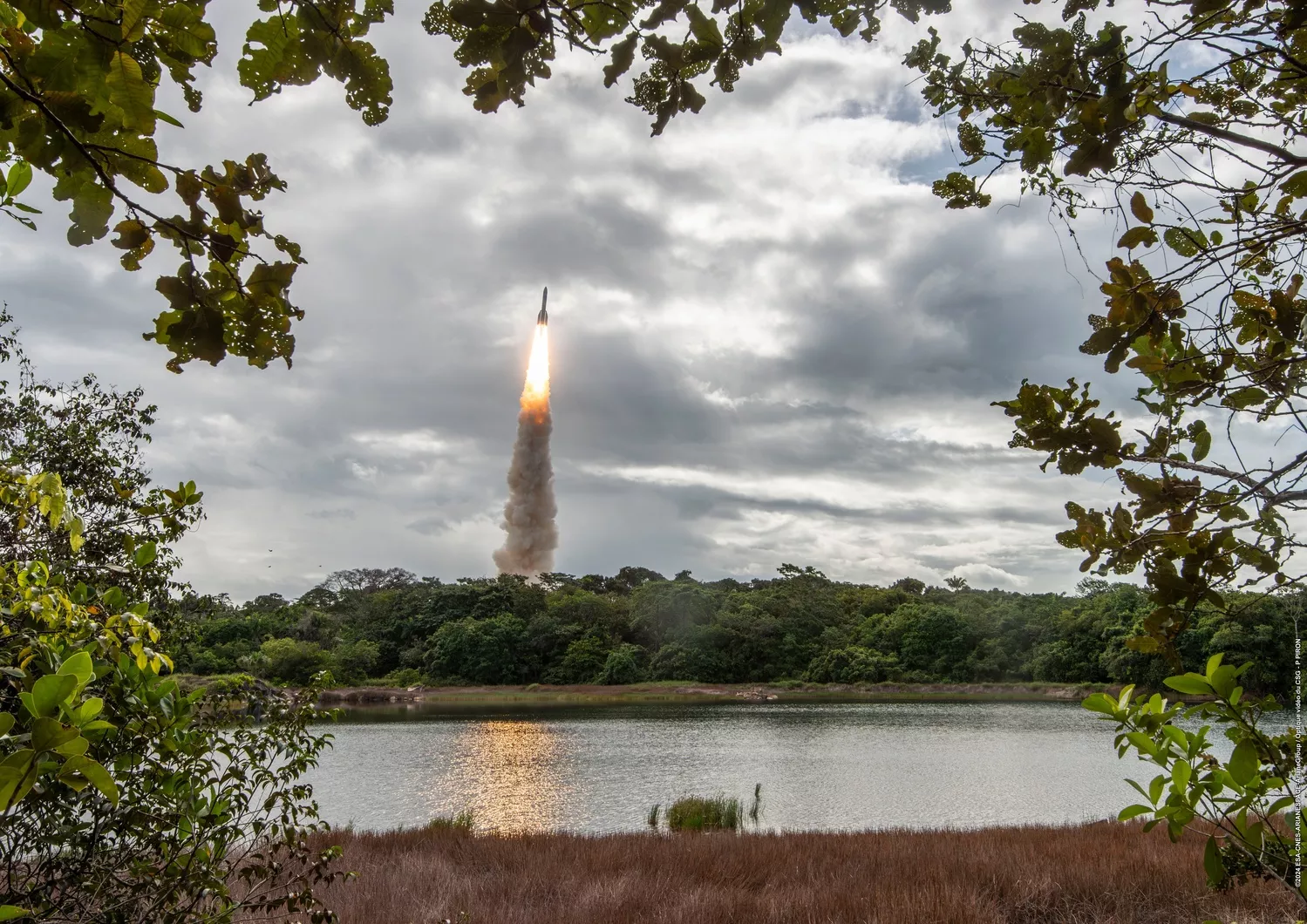
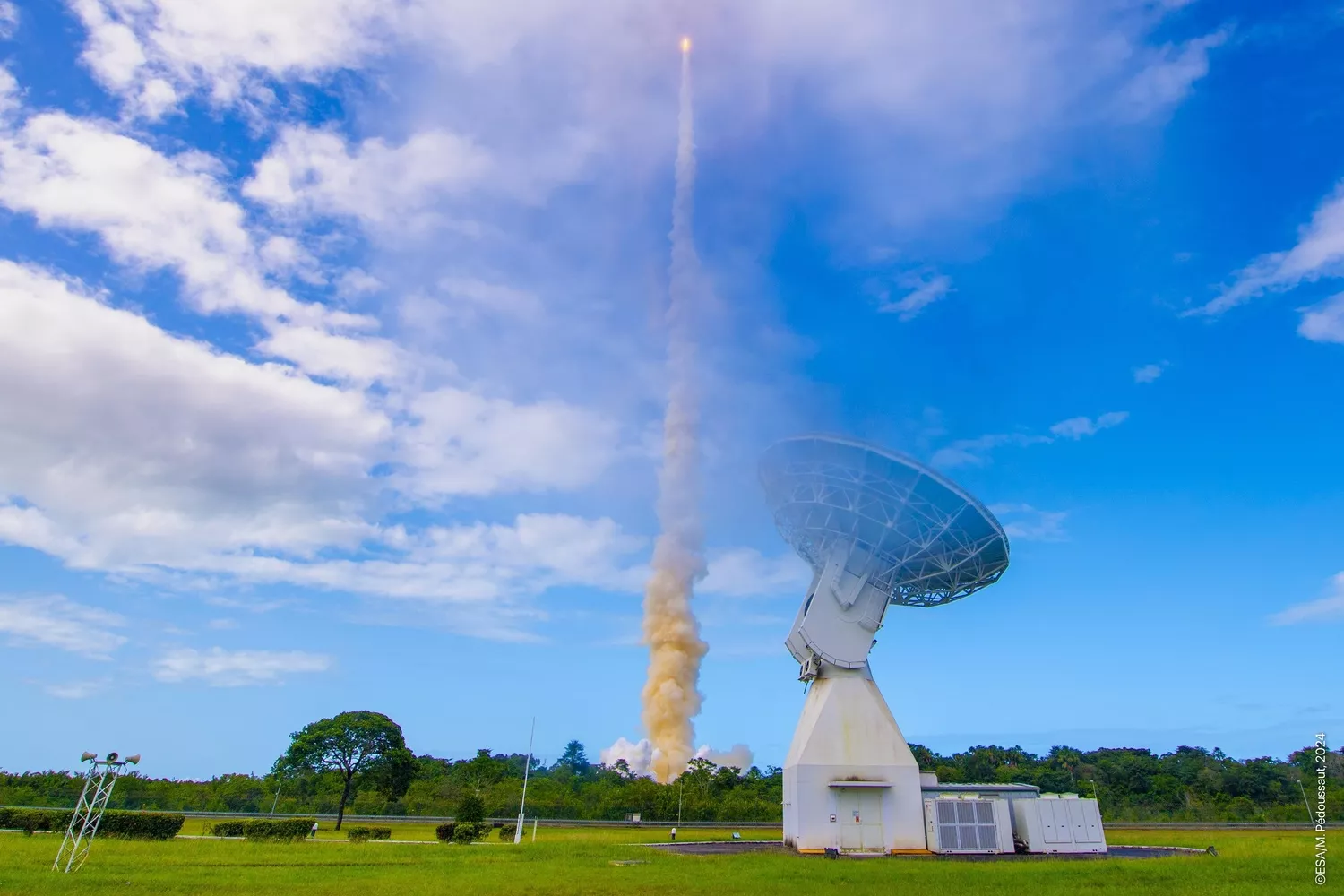
On the same section
-
VV28 mission in a nuthsell
01/12/2025VA264 mission is a success!
04/09/2025VV27: behind the scenes at Europe’s spaceport as MicroCarb and CO3D get ready for lift-off
31/07/2025VV27: two conferences to find out more about satellites
30/07/2025Flight Vega-C : VV27 mission in a nutshell
24/07/2025Stargazing Event Ahead of the VV27 Mission Launch
23/07/2025VV27 : deux nouvelles étapes pour MicroCarb et CO3D

